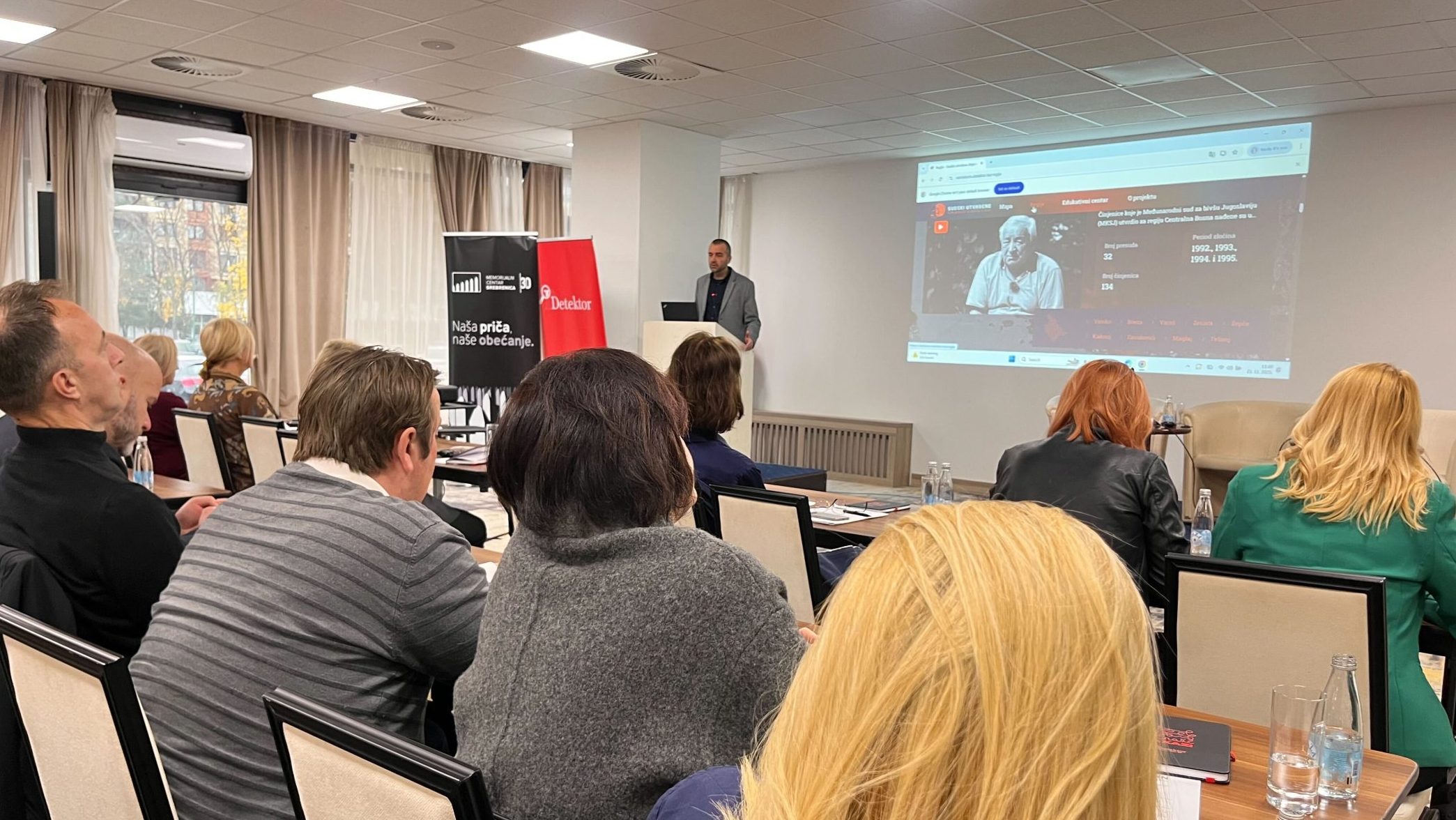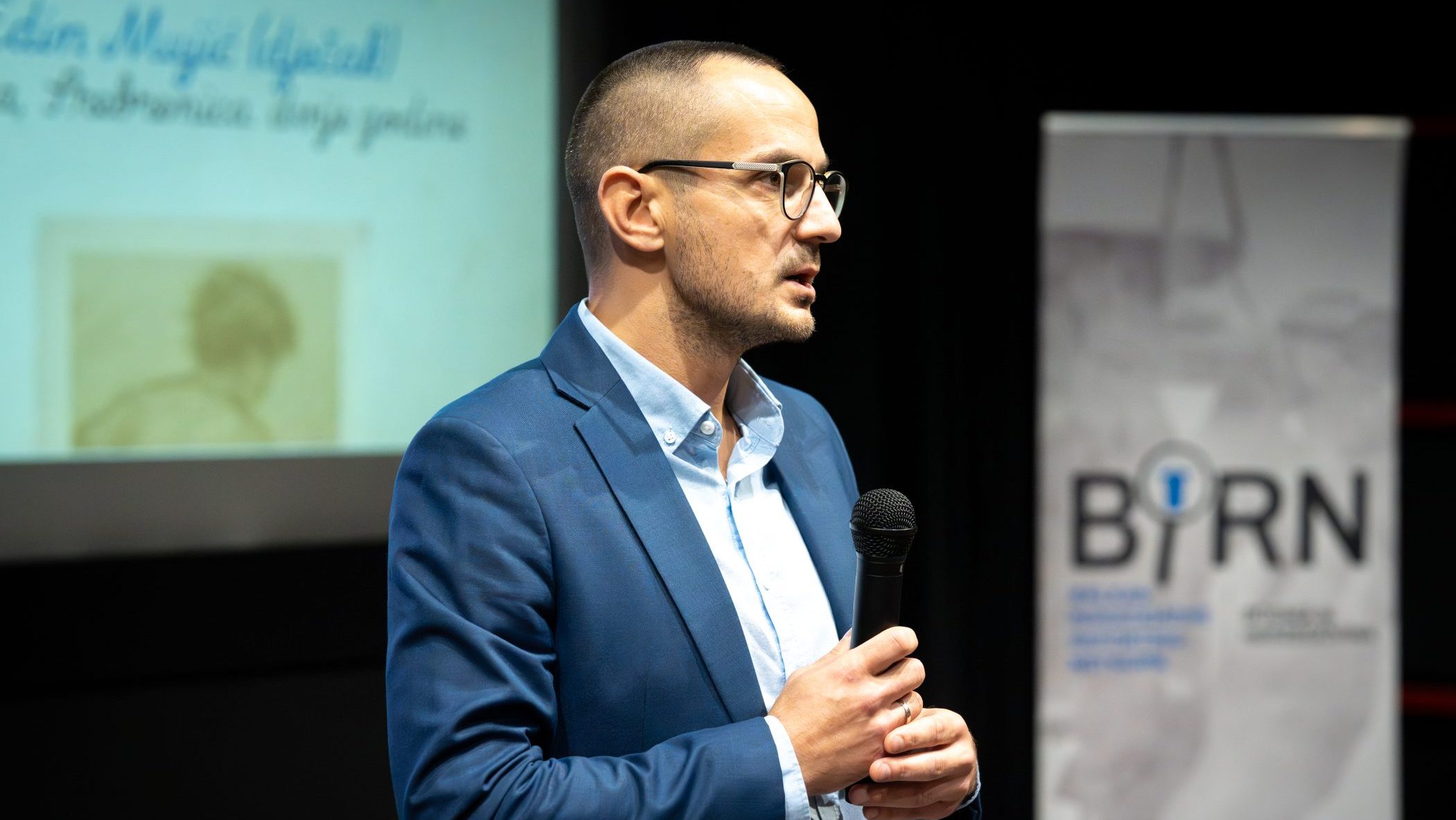This post is also available in: Bosnian
Banberry, who was a peace forces official from April 1994 to May 1995, said that the Republika Srpska Army, VRS constantly shelled and conducted sniper attacks against civilians in Sarajevo as part of its strategy to separate Serbs from Bosniaks and Croats.
Banberry said that by conducting the attacks and restricting the delivery of humanitarian supplies to Sarajevo, the VRS physically and mentally terrorised civilians.
According to the witness, indictee Mladic and Republika Srpska President Radovan Karadzic had firm control over the VRS fire and passage of humanitarian convoys to the city.
Mladic, former Commander of the Main Headquarters of VRS, is charged with having terrorised civilians in Sarajevo, participated in genocide in Srebrenica and seven other municipalities, persecution of Bosniaks and Croats throughout Bosnia and Herzegovina and taking UNPROFOR members hostage.
Karadzic too is on trial at The Hague for the same crimes.
During his testimony Banberry said that Mladic and Karadzic used the siege of Sarajevo as the means for putting pressure on Bosnia and Herzegovina authorities, responding to offensives by the Army of Bosnia and Herzegovina from the city and on other battlefields by more intensive attacks and blockades.
The witness said that Mladic and Karadzic used those powers as a negotiating stake during peace talks, pressuring the Sarajevo authorities and international mediators to accept their requests.
Banberry pointed out that Mladic once admitted to UNPROFOR Commander Rupert Smith in 1995 that the intensified sniper attacks in Sarajevo were a retribution for Serb victims during an offensive by the Army of Bosnia and Herzegovina in the Bihac area.
Mladics Defence is due to continue cross-examining Banberry on Friday, February 8.

